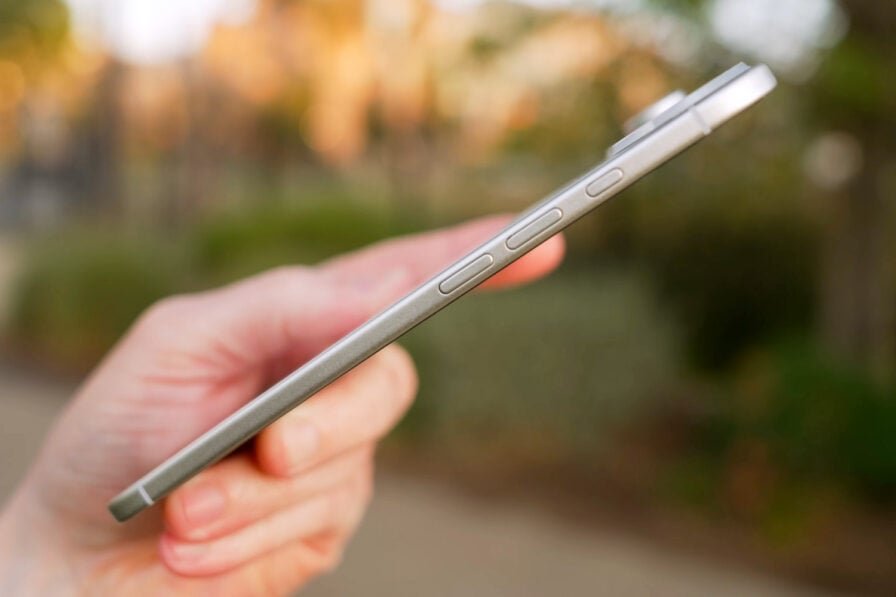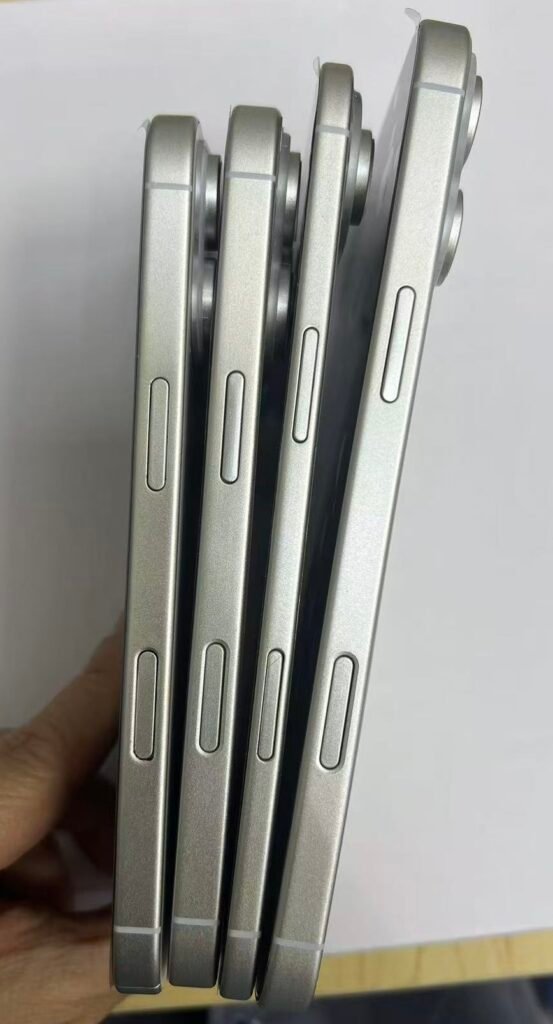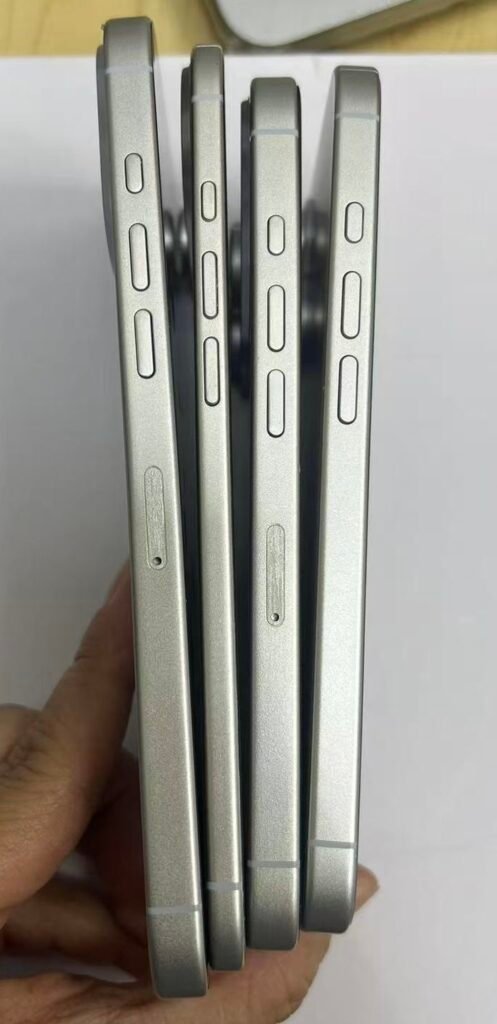Apple’s Super-Skinny iPhone 17 Air Might Have a Huge Downside
Apple’s upcoming iPhone 17 Air promises an ultra‑slim profile that could redefine smartphone design—but that slenderness comes with significant trade‑offs. Reports indicate its 5.5 mm chassis will force a much smaller battery, leaving only 60–70 % of users able to last a full day without recharging, compared to 80–90 % on other models. To offset this, Apple plans to resurrect its Smart Battery Case, a bulky solution that undermines the very appeal of the Air’s sleekness. Beyond battery woes, the phone will drop to a single rear camera, a lone speaker, and eliminate the physical SIM tray—sacrifices that may leave consumers questioning whether “thin” is worth the compromise

Apple is reportedly planning to release a radically redesigned iPhone—possibly dubbed the iPhone 17 Air—that will be the thinnest model in the lineup’s history. While the prospect of a sleeker, more lightweight iPhone has tech enthusiasts buzzing, this dramatic shift in form factor could come with significant trade-offs, particularly around battery life, durability, and thermal management.
The Thinnest iPhone Yet
According to early leaks and reports from supply chain insiders, Apple’s upcoming iPhone 17 Air could be as thin as or even thinner than the iPad Air. The design language is expected to be a big departure from the iPhone 15 and even the expected iPhone 16. Apple’s desire to blend form and function appears to be pushing the boundaries of its engineering to create a phone that feels almost weightless in the hand.
But shaving millimeters off an already compact device isn’t without its challenges.

The Battery Life Trade-Off
Historically, thinner phones tend to house smaller batteries. Apple has managed impressive power efficiency in recent years thanks to custom silicon and software optimization, but even those advances have limits. A dramatically thinner chassis could reduce the physical space available for battery cells, potentially resulting in shorter battery life, particularly for power users who stream, game, and multitask throughout the day.
If Apple sacrifices battery capacity for design, it may spark backlash from consumers complaining about recharging their iPhones by evening.

Fragility Concerns
Another potential downside to a super-thin iPhone is structural integrity. While Apple has improved the toughness of its materials, like Ceramic Shield glass and aerospace-grade aluminum, a thinner device naturally flexes more and could be more prone to bending or breaking under pressure. The infamous “Bendgate” incident with the iPhone 6 serves as a reminder that consumers expect both beauty and brawn in their flagship devices.
Apple will need to reassure users that the iPhone 17 Air can stand up to daily wear and tear without compromising the slim aesthetic.
Overheating Risks
Shrinking the size of the phone may also reduce the internal space available for thermal dissipation. Apple’s A-series chips are extremely powerful, and they generate heat, especially under sustained loads like gaming or video editing. Without sufficient airflow or heat dissipation methods, a thinner iPhone might be more prone to overheating, leading to performance throttling or even long-term hardware issues.
Apple might offset this risk with improved chip efficiency in the upcoming A19 chip or new cooling solutions, but nothing is guaranteed.
Premium Design, Premium Price
Finally, if the iPhone 17 Air becomes the “halo model” in the 2025 iPhone lineup, it’s likely to carry a premium price tag—possibly eclipsing the already-expensive iPhone Pro Max. Apple might position it similarly to the MacBook Air: stylish, lightweight, but not necessarily the best fit for power users.
The Verdict
There’s no question that Apple’s push to redefine the iPhone’s design is bold. A super-skinny iPhone 17 Air could be a visual and ergonomic triumph. But Apple must tread carefully to ensure it doesn’t sacrifice performance, battery life, or durability in pursuing sleekness. Otherwise, the iPhone 17 Air might end up being a beautiful compromise rather than a breakthrough.